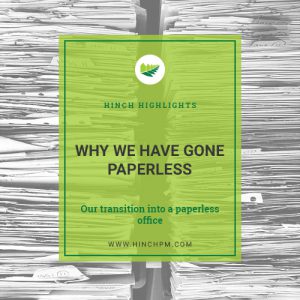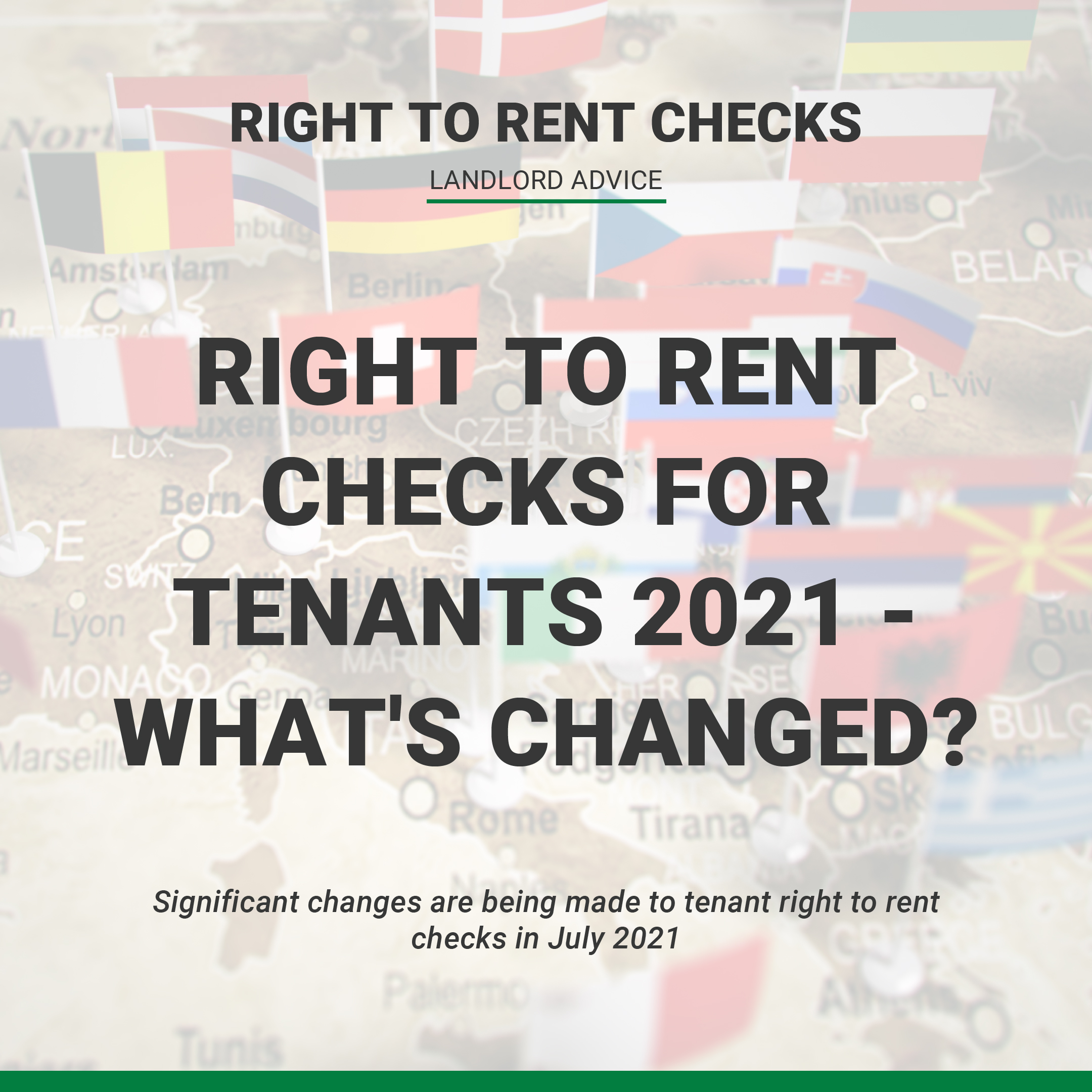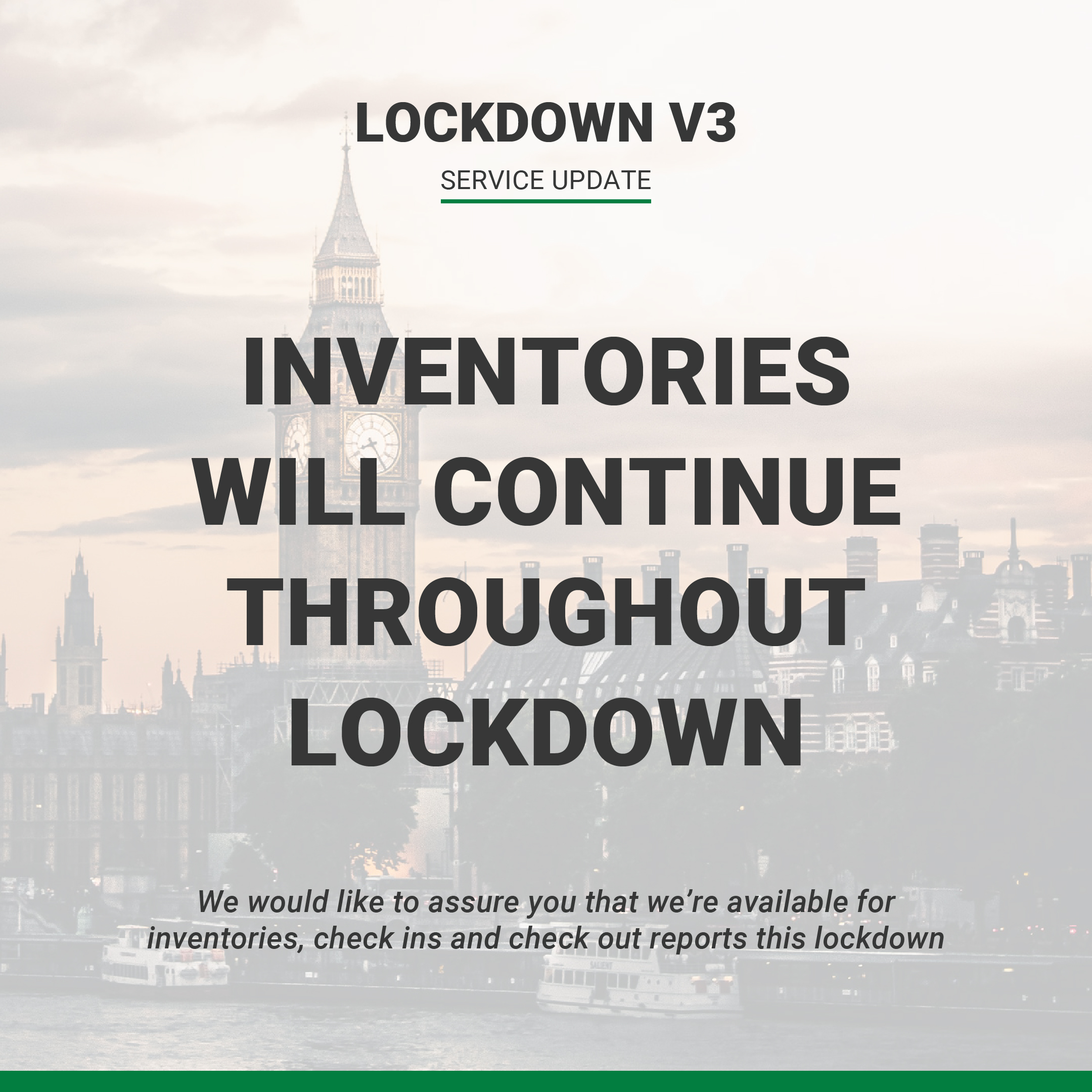Why we have gone paperless
Date: 13/11/18 Category: Hinch Highlights

Over the course of our office printer’s 4 year lifetime, it has printed 112,000 pages. (This is the actual number of sheets printed when the report was taken, what are the odds that it would be a number ending in triple zero digits!)
That’s averaging 76 pages per day. This means we were going through a 500 page ream of paper every 6 to 7 days! And so far we have consumed 224 reams.
Comparing the different office paper brands available online, we are looking at a £4 to £5 pound cost for each 500 sheet ream. That’s if we do not go for the quality top-end stuff with a high GSM (Grams per Square Meter) count.
Taking all the above into account, we have spent £1120 on paper alone. Which over 4 years, might not seem like much – £280 a year
But what about the associated costs? Such as:

· Printer Ink
· Hardware
· Storage
· Disposal
· Electricity
· Environmental footprint
Printer Ink, for our make of printer, in terms of costs we are looking at just above £300 for a full set of cartridges. The cartridges were replaced every 3 or so months.
So over the printer’s 4 year lifespan, we have spent around £4800 on ink! That’s a lot of printed out Inventory reports.
Printer hardware is a one-time charge, and usually not too expensive. Printer companies’ biggest sources of income is not from the hardware itself, but from the cartridges required to use it (although ours is currently selling for £699 in online retailers, ouch!)
Storage, means buying filing cabinets, dossiers, and other such necessities, to store printed material that needs to be kept for a certain length of time (Accounting related documents, for example, need to be kept for at least 6 years from the end of the last company financial year they relate to: https://www.gov.uk/running-a-limited-company/company-and-accounting-records)
Disposal, and the costs associated with it such as ensuring proper destruction of sensitive documents. This requires some form of shredding (for a fee!) before passing on to a waste management solution (for a fee!). All require additional time and effort from the office staff, not to mention the proper handling of the ink cartridges, which will constitute an environmental hazard if they are not correctly dealt with.
Electricity costs, although not very significant, still factor into the total expenditure. Our printer in the idle state, uses 10W of power. Which has an estimated yearly cost of £9.51. That’s almost £40, which could be better used for a meal at your favourite restaurant or watering hole!
Lastly, we need to consider the environmental footprint that printing leaves:
- The trees that are cut down to produce the paper
- The cost associated with shipping all the physical items to their destinations
- The costs of producing electricity
- The risk of improper disposal of ink toners, which are high in toxicity

Some of the above are hard to assign a monetary cost to, but they do certainly cost the environment in their own way. This will always lead back to increased costs for the population as a whole.
These are some of the reasons that led us to go paperless, but what does it actually entail?
To transition into a paperless office, first, we looked at the necessity with which documents are printed. We found that 90% of printing jobs are not necessary, as the documents being printed are already available in a soft copy format. In fact, often we were printing documents just to file them!
So we undertook the challenge of transferring what we could to cloud storage. From the beginning of 2018, we have greatly reduced our need for paper. And the unanimous opinion is that there is no going back!

There are great benefits to paperless, cloud storage:
- Unlimited “space”, no need for filing cabinets, which gives us more freedom to move around in the office!
- Redundant backups, meaning there is no way we will lose our documents, even if one of the cloud server goes down, our documents will always be secure
- Version control, meaning if documents are deleted for some reason, we can always get them back (Good luck trying to get back a document you shredded by accident!)
- Easy to file, easy to locate, easy to access. No more flipping through a dossier from 5 years ago trying to look for that piece of paper with coffee stains and food crumbs all over it! Just type the document’s name in the search bar and you will have it in seconds
To wrap things up:
From a historic point of view, paper has dominated as a means of recording and sharing information over the centuries. Now, with the advance of technology, there are simply better ways becoming available. Paper will always have its place in the world, but where it is not needed, and a better alternative is available, why not make the switch?
Related Articles
Share this article:
Back to blog













